Text
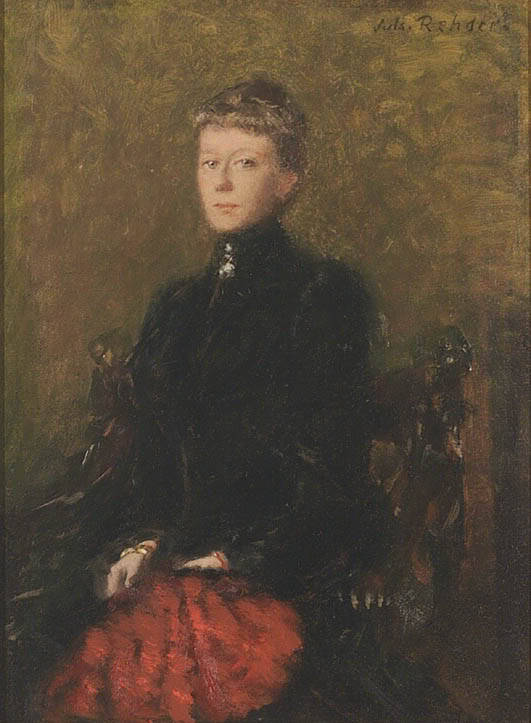
Princess Maria Theresa of Bourbon-Two Sicilies, daughter of Countess Mathilde of Trani. She was niece of Empress Sisi.
10 notes
·
View notes
Text
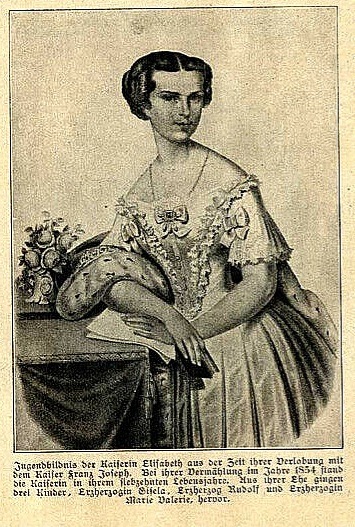
Young Empress Sisi.
6 notes
·
View notes
Text
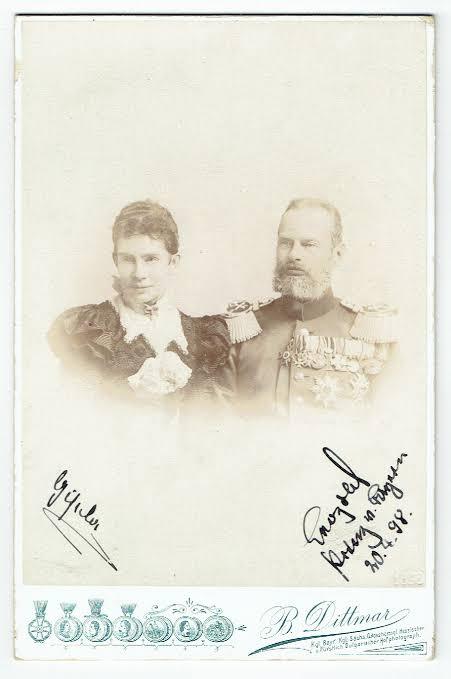

Archduchess Gisela and her husband, Prince Leopold of Bavaria, 1898. The photos were taken just a few months before the death of the Archduchess' mother, Empress Sisi.
#princess gisela of bavaria#archduchess gisela#prince leopold of bavaria#1898#Habsburg#wittelsbach#royalty
2 notes
·
View notes
Text
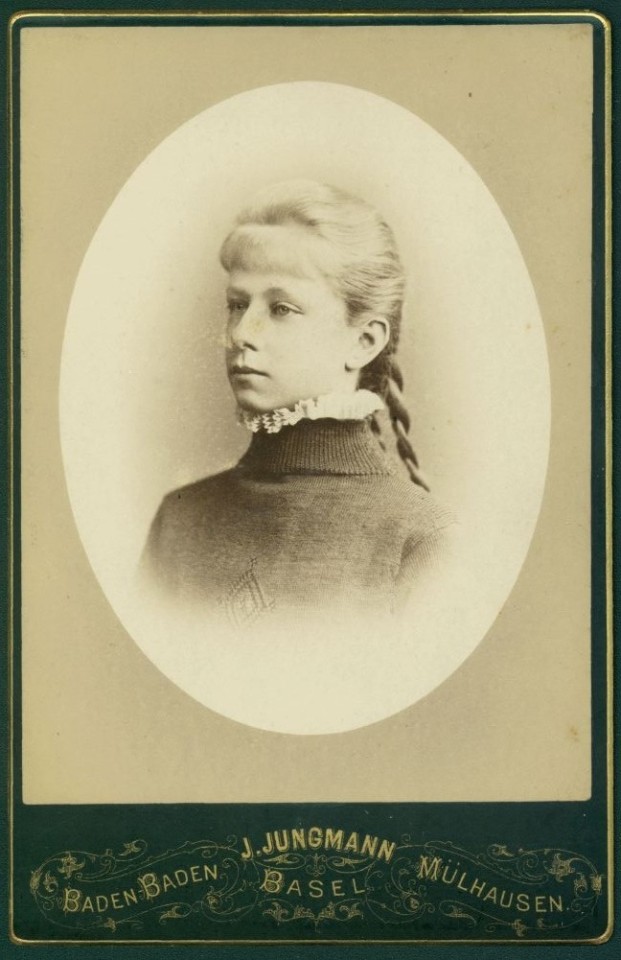
Princess Maria Teresa of Bourbon-Two Sicilies (1867–1909).
Maria Teresa was the only child of Prince Louis, Count of Trani and Duchess Mathilde Ludovika in Bavaria (Sissi's sister).
On June 27, 1889, Maria Teresa married Prince Wilhelm of Hohenzollern, eldest son of Leopold, Prince of Hohenzollern and Infanta Antonia of Portugal in Sigmaringen. Maria Teresa and Wilhelm had three children, eldest child and daughter, Augusta Victoria was Queen of Portugal.
24 notes
·
View notes
Text
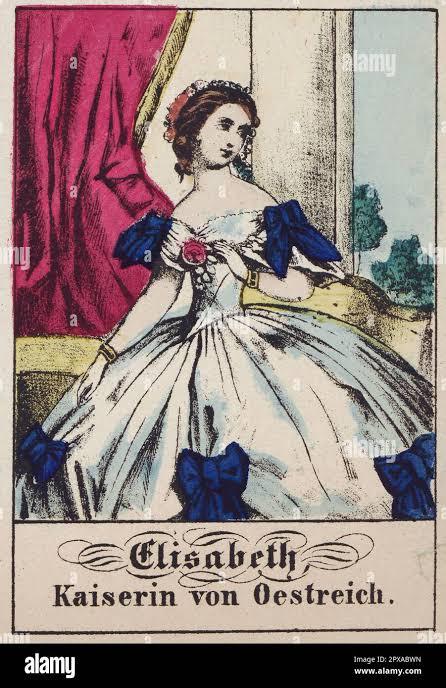
Young Sisi illustration.
Credits on the image.
3 notes
·
View notes
Text
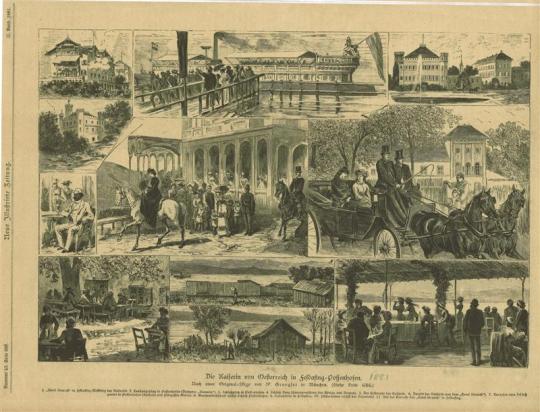
Empress Sisi at Feldafing-Possenhofen.
Credits: Kaiserin Elisabeth Museum
3 notes
·
View notes
Text

Empress Sisi and Emperor Franz Joseph at the laying of the foundation stone of the Austrian-Hungarian navy arsenal in Pola on the 9th of december 1856.
Credits on the image.
#empress elisabeth#empress elisabeth of austria#sissi#empress sissi#franz joseph i#emperor franz joseph#1856#habsburg#royalty
4 notes
·
View notes
Text

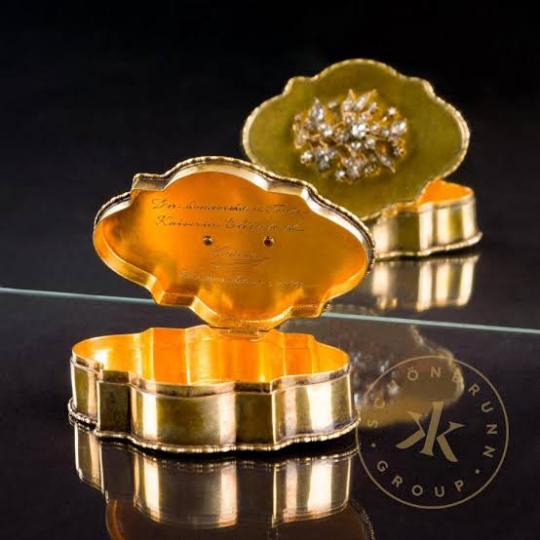
Silver box that belonged to Empress Sissi. Inside of the lid: "To the dearest Aunt Empress Elisabeth - Louise - Christmas 1889"
Credits on the images.
6 notes
·
View notes
Text

Empress Sisi and Emperor Franz Joseph, 1893.
#empress elisabeth#empress elisabeth of austria#sissi#empress sissi#emperor franz joseph#franz joseph i#habsburg#royalty#1893
23 notes
·
View notes
Text
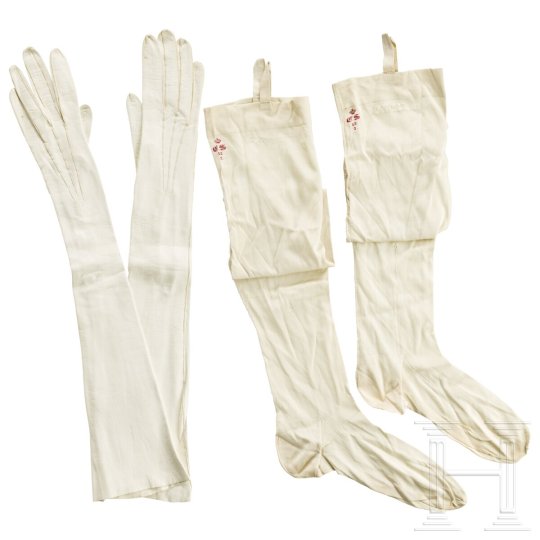
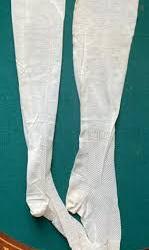
Empress Sisi's gloves and stockings.
Credits on the image.
#empress sissi#empress elisabeth#sissi#empress elisabeth of austria#sissi's clothes#habsburg#royalty
4 notes
·
View notes
Text

Duke Maximilian in Bavaria, father of Empress Sisi.
4 notes
·
View notes
Text

Austrian Imperial Family: Empress Sisi, Emperor Franz Joseph, Archduchess Gisela and Crown Prince Rudolph. Ca. 1861.
#sissi#empress elisabeth of austria#empress elisabeth#empress sissi#franz joseph i#crown prince rudolph#emperor franz joseph#archduchess gisela#princess gisela of bavaria#1861#austrian imperial family#habsburg#royalty
12 notes
·
View notes
Text

Empress Sisi, Emperor Franz Joseph, Archduchess Gisela and Crown Prince Rudolph, 1858.
#empress sissi#empress elisabeth of austria#sissi#empress elisabeth#franz joseph i#emperor franz joseph#crown prince rudolph#habsburg#royalty#princess gisela of bavaria#archduchess gisela#austrian imperial family#1858
15 notes
·
View notes
Text


Gold and pearl cross given as present to Empress Sisi by her granddaughter, Archduchess Elisabeth Marie "Erzsi", 1896.
Credits: Dorotheum
#empress elisabeth#empress elisabeth of austria#wittelsbach#sissi#empress sissi#habsburg#royalty#Archduchess Elisabeth Marie#princess elisabeth windisch gratz#1896#Erzsi
9 notes
·
View notes
Text

Count Imre Hunyady was the chief squire of the court in Vienna - and was presumably chosen as a travelling companion for this reason. In Madeira he had the task of looking after the horses for the empress and making sure they met her high expectations; above all, however, he had to ensure Elisabeth's safety. Incidentally, the imperial squire would later be labelled as Elisabeth's alleged lover: decades after the empress's death, her niece Marie von Wallersee would have stated in her memoirs that the handsome Count Hunyady had fallen in love with Elisabeth and that she appreciated his attentions. In her memoirs, published when Franz Joseph was still alive and full of ambiguous remarks, she wrote: “What really happened I do not know, but I do know for certain that the chamberlain on duty eavesdropped on them. The count was recalled to Vienna and Elisabeth's stay in Madeira came to an abrupt end”. Although in 1913, the year the memoirs were published, no one believed in a secret relationship between the empress and the squire, the count was left with a reputation as a languid fellow traveller. In fact, he was not recalled by the emperor to Vienna and remained in Madeira until the end of the stay. The fact that a groom would make advances to the empress without consequence or that the emperor would not be aware of such a thing was not to be taken for granted, given the attention paid to Elisabeth and her entourage even thousands of kilometres from Vienna.
Winkelhofer, Martina (2022). Sissi. La vera storia. Il camino della giovane imperatrice (Translation done by DeepL. Please keep in mind that in a machine translation a lot of nuance may/will be lost)
Picture: Count Imre Hunyady and his sister Lily in Madeira, 1860.
11 notes
·
View notes
Text

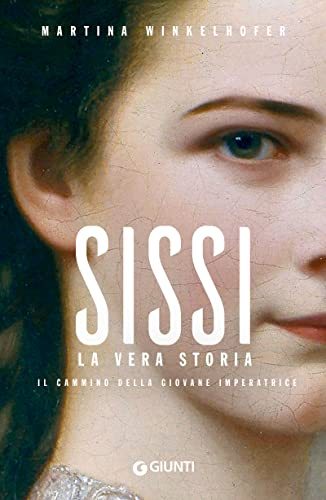
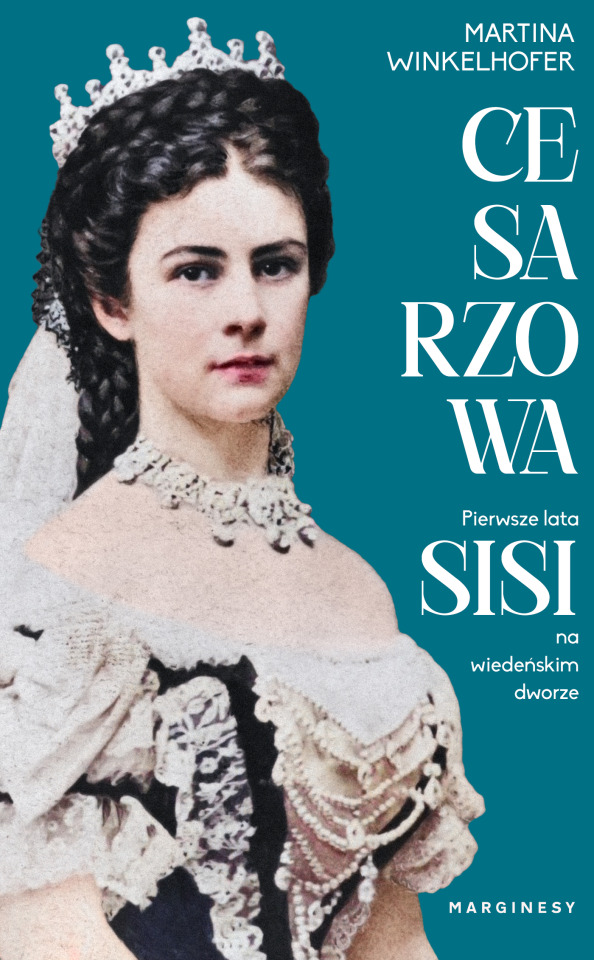
BOOK REVIEW: Sisis Weg by Martina Winkelhofer
Empress Elisabeth took a break from court life and dared to escape her assigned role, something that no woman of her time, certainly not of her rank, was allowed to do. Until the death of her eldest daughter, Elisabeth was a product of her environment: the good daughter, the devoted wife, the submissive daughter-in-law. She tried to live up to expectations even in her darkest hours, until her body and psyche sounded the alarm. She knew that in this environment the wounds would not heal. She allowed herself long journeys and stays away from the imperial court, and it did not take long for her transformation to begin: from fragile emperor's wife to self-confident empress. From a woman determined by others to a woman determined by herself.
There are already literally dozens of books about Sisi, and most of them have nothing new to say. So when yet another book written by an author that claims they're presenting "the real story" behind the Sisi myth appears, one is naturally distrustful. But only reading the preview of this book made me realize that historian Martina Winkelhofer actually had something new to say about Elisabeth. This book has been in my TBR for the past two years, and tired of waiting for a translation I just went ahead and used an automatic translator to read it. And guess what: this is one of the best books about Empress Elisabeth that exists.
Martina Winkelhofer's biography starts with Elisabeth's birth and finishes with her return to Vienna in 1862, after being away from court for two years. Something that distinguishes her from other Sisi authors is that instead of presenting a novel-like narrative about the empress' life, she adresses on the text the different sources that we have available, and isn't afraid to state frankly that there are thing we simply lack enough information to know for certain. Speaking of sources, she draws almost entirely from primary sources, and not just letters, but also court protocol documents, which brings the Viennese court to life in a way no other book about Elisabeth I've read before achieved.
This is also the Sisi biography with the most sympathetic and balanced depiction of Archduchess Sophie I've ever read, presenting the complex relationship between mother and daughter-in-law without vilifying either woman. Not only Winkelhofer adresses the problem regarding the sources (Elisabeth's statements about her mother-in-law come from after Sophie's death, and Sophie's correspondance and diary entries avoid mentioning any conflicts or quarrels within the imperial family), but also she understands both that Elisabeth was a very young girl who lacked the skills to understand court schemes and was deeply intimidated by the hierarchy at court - and therefore, by her mother-in-law, and that Sophie ultimately had no ill intentions towards her daughter-in-law, but simply couldn't understand why Elisabeth couldn't fulfill her role as empress as tradition demanded.
Another of my favorite things about this book is the attention Winkelhofer paid to Elisabeth's staff. The working and living conditions of her servants is often highlighted. There is a whole chapter focused on Elisabeth's secretary Leopold Bayer, a bourgeois man that was responsible of controlling and organizing the empress' household and was so effective at his job that years after his retirement his system still worked perfectly. Perhaps if you want to read only about Sisi you'll find this chapter, as well as all the other instances in which Winkelhofer focuses on the staff, uninteresting and disruptive, but I loved it. So many authors seem to think that the people responsible for cleaning, cooking and keeping royal households running weren't glamorous enough to deserve even a mention, so it was very refreshing to see how here it was an important part of the text.
To be honest, my biggest complain about this book is that it ended. This biography finishes when Elisabeth returns to Vienna in 1862; Winkelhofer is going to release the second part of her biography in October, but I wish she had just released it as a single-volume book, because if there is a historical woman you can get away with writing a 600+ pages long book is Elisabeth. And while the book is well sourced (over 500 footnotes!!!), she often made more general claims about the general lives of the aristocracy with no citations. Since Winkelhofer has written books specifically about the lives of the aristocracy before I trust she knows her stuff, I just wish she had referenced further literature on the matter. Also because I'm a Queen Marie of the Two Sicilies girlie, it disappointed me that Winkelhofer didn't mention her two weeks stay in Vienna in 1859, nor how her role during the Siege of Gaeta was one of the things that stressed her sister during 1860.
Overall this is a fantastic book that paints a complex and interesting picture of how the child Elise became in the young Sisi and then in the Empress Elisabeth. Let's hope that an English translation is happening soon!
62 notes
·
View notes
Note
Maria Larish von Wallersee really just says the wildest shit huh.
Von Mitis mentions a story she told in her memoirs about a mysterious casket (whoo!) that she got from crown prince Rudolf, who said that if its contents became known, he'd lose his head. She was supposed to give said casket to the person who gives her a password, said person being Johan Orth, for some reason (even though him and Rudolf didn't get along, like at all). That Johan Orth, who was conveniently lost on sea like a year after Rudolf's death. Even Von Mitis suggests that she was covering her ass for the fact that she kinda, sorta, not really was implicated in Rudolf's death, because she supported his relationship with Mary Vetsera.
So many commonly accepted facts about Elisabeth and her family can be traced back to her wacky memoirs, it's crazy. When I read them I was so surprised because there was practically no new information to me, I had already read it (many times without citation) in other books.
I think it was believed that Rudolf and Johann were friends solely because they were the progressive Habsburgs and around the same age (in the 2006 miniseries Johann appears in some scenes and is Rudolf's bestie), even though the actual evidence show they didn't like each other. Marie Larisch probably thought that as well, or thought it didn't matter because it's not like either guy was going to deny it.
When Larisch's role as a go-between Rudolf and Mary Vetsera came to light she was completely ostracized by the imperial family, so it's not surprising that she retaliated by writing a book in which she was an innocent victim who was used by her aunt and cousin. She implies every time she can that Elisabeth had many lovers, and can't stress enough in how she didn't like Rudolf and he was mean to her (funnily she even states that she disliked Rudolf ever since she met him when they were sixteen, but according to one of Elisabeth's ladies-in-waiting who was also present they in fact had flirted lol). The fact that even historians like Brigitte Hamann quoted her with little criticism is baffling.
11 notes
·
View notes